In this kit:
- Summary Page (in printable kit)
- Bravery Heroes Page (in printable kit)
- Discussion Questions Page (in printable kit)
- Book Quotes Page (in printable kit)
- Icebreaker Bravery is As Bravery Does Game (printable kit only)
- Icebreaker Bravery in Literature Quotes Game (printable kit only)
- About the Author Page (in printable kit)
- Historical Facts Surrounding this Book (in printable kit)
- List of Podcasts and Videos (in printable kit)
- Meeting Decoration Ideas (in printable kit)
- Meeting Menu Ideas (in printable kit)
- Meeting Food Recipes (in printable kit only)
- Bookmarks for How We Learn to Be Brave (in printable kit only)
- Bookmarks for Readers With Wrinkles (in printable kit only)

We Learn to Be Brave: Decisive Moments in Life and Faith by Bishop Mariann Edgar Budde explores the concept of bravery through the lens of pivotal moments in life. The book emphasizes that bravery is not a one-time act but a continuous journey of making decisions that align with one’s true beliefs and values. Budde classifies these pivotal moments into several categories: the choice to proceed, remain, initiate, embrace the unchangeable, and assume responsibility. Each chapter delves into these themes, supported by personal anecdotes, historical examples, and biblical references.
Budde illustrates bravery through stories ranging from biblical figures like Jesus and the apostle Paul to historical icons such as Thurgood Marshall and Martin Luther King Jr. She highlights the importance of perseverance, acceptance, and the courage to face challenges, even when they are daunting. The book also reflects on the emotional and psychological aspects of bravery, showing that it extends beyond physical acts to include everyday struggles and choices.
Ultimately, Budde’s work serves as an inspirational guide, encouraging readers to navigate life’s uncertainties with faith and discernment, fostering a deeper understanding of how to live courageously in alignment with one’s best self.

In How We Learn to Be Brave by Mariann Edgar Budde, bravery is illustrated through a blend of personal, biblical, and historical examples. Here are key instances of bravery highlighted in the book:
Biblical Examples
- Jesus: Despite knowing his impending sacrifice, Jesus continued to teach his disciples, exemplifying courage in the face of certain death.
- Apostle Paul: He embraced suffering as part of his spiritual journey, demonstrating acceptance and resilience.
- Prophets Jeremiah and Isaiah, Simon Peter: These figures stepped up in critical moments, showing bravery in their actions and teachings.
Historical Figures
- Thurgood Marshall and Dr. Pauli Murray both: Both played pivotal roles in the civil rights movement, enduring immense challenges to advocate for justice and equality.
- Martin Luther King Jr.: He accepted the risks of his mission, engaging in redemptive suffering for the civil rights cause.
- Jonathan Daniels: A seminarian who sacrificed his life during the civil rights movement, embodying the ultimate act of stepping up.
Personal Stories
- Budde’s Sister, Christine: She faced her husband’s terminal illness with acceptance, showing bravery in the face of personal loss.
- Budde Herself: She returned to school for her doctorate and took on leadership roles, guiding others in their journeys toward bravery. She also stepped up during the COVID-19 pandemic, demonstrating leadership in crisis.
Themes of Bravery
- Acceptance: Embracing unchosen circumstances, as seen in the stories of Christine and Martin Luther King Jr.
- Stepping Up: Acting instinctively in moments of crisis, exemplified by Budde during the pandemic and by historical figures like Jonathan Daniels.
- Perseverance: Continuing through challenges and failures, as Budde discusses in her personal narrative and through biblical teachings.
These examples collectively illustrate that bravery is not the absence of fear but the willingness to act despite it, shaped by personal, spiritual, and historical contexts.
In How We Learn to Be Brave, Bishop Mariann Budde incorporates a wide range of literary references to illustrate themes of courage and decisive moments. She draws from both classical and contemporary works, blending them with personal stories and biblical narratives. Here are some key literary references highlighted in the book:
- Harry Potter: Budde uses J.K. Rowling’s series to underscore the universal nature of bravery and the choices characters make in pivotal moments.
- The Little Prince (Antoine de Saint-Exupéry): This classic tale is referenced to explore themes of perseverance and the journey of self-discovery.
- The Lord of the Rings (J.R.R. Tolkien): Tolkien’s epic is cited to discuss the courage required to face overwhelming challenges.
- Anne Tyler’s novels: Budde draws on Tyler’s works to highlight the quiet, everyday acts of bravery in ordinary lives.
- Frederick Buechner and Walter Brueggemann: These theologians’ writings are woven into the narrative to provide deeper spiritual insights into courage and faith.
- Ta-Nehisi Coates and Rachel Held Evans: Contemporary authors whose works are referenced to address modern struggles and the courage needed to confront societal issues.
These literary references, alongside biblical stories and historical examples, enrich the book’s exploration of bravery as a multifaceted and deeply personal journey.

Here are some thought-provoking book club discussion questions for How We Learn to Be Brave by Mariann Edgar Budde:
1. Themes of Bravery
- How does Bishop Budde redefine bravery beyond physical acts? What examples resonated with you most?
- The book discusses bravery in decisions like "to go," "to stay," and "to start." Which of these decisions do you find most challenging in your own life?
2. Personal Reflection
- Bishop Budde emphasizes that bravery is a journey, not a singular event. Can you recall a moment in your life where you felt brave, even if it didn’t seem significant at the time?
- The author mentions "accepting what you did not choose" as a form of bravery. How do you interpret this, and have you experienced it?
3. Intersection of Faith and Courage
- How does Budde’s faith influence her perspective on bravery? Do you think her approach is universally applicable, regardless of one’s religious beliefs?
- The book draws on biblical and historical examples of courage. Which story or figure stood out to you, and why?
4. Everyday Bravery
- Budde highlights small, daily acts of bravery. How can we cultivate this mindset in our own lives?
- Do you agree with the idea that "staying put" can be an act of bravery? How does this concept challenge traditional notions of courage?
5. Challenges and Letdowns
- The book discusses the "inevitable letdown" after brave acts. Have you experienced this? How do you navigate the emotional aftermath of courageous decisions?
- How does perseverance tie into bravery, according to Budde? Do you see perseverance as a form of courage?
6. Broader Implications
- Budde’s book touches on racial justice and leadership. How do these themes intersect with her exploration of bravery?
- How can the lessons in this book be applied to contemporary societal challenges?
7. Literary and Cultural References
- The author references Harry Potter and other pop culture examples. How do these references enhance her message about bravery?
- Did any particular anecdote or story from the book inspire you to view bravery differently?
8. Final Thoughts
- What was your biggest takeaway from How We Learn to Be Brave? How has it influenced your perspective on courage and decision-making?
- Would you recommend this book to others? If so, who would benefit most from it?

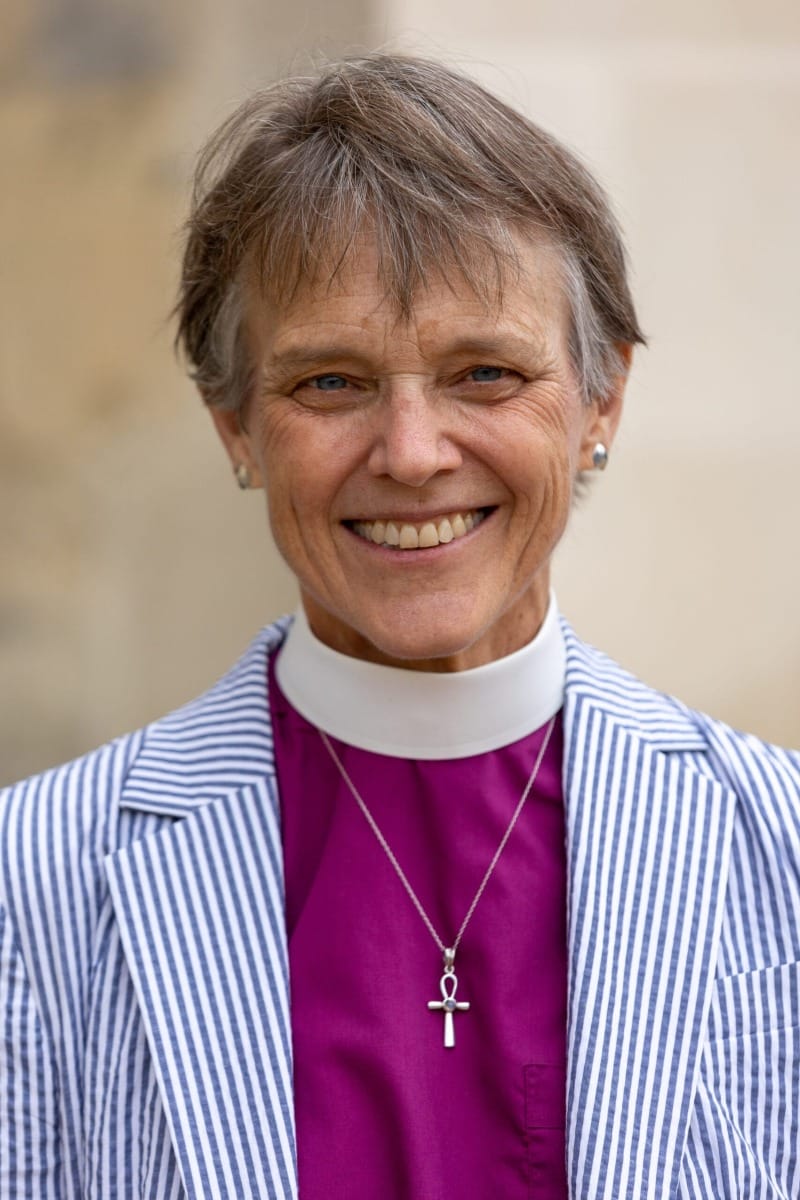
Mariann Edgar Budde is the first woman to serve as the Bishop of the Episcopal Diocese of Washington, a position she has held since her consecration in November 2011. Born in Summit, New Jersey, in 1959, she graduated magna cum laude with a B.A. in history from the University of Rochester and earned both a Masters in Divinity (1989) and a Doctor of Ministry (2008) from Virginia Theological Seminary.
Budde began her ministry as a deacon in 1988 and was ordained as a priest in 1989. She served as rector of St. John’s Episcopal Church in Minneapolis for 18 years before her election as bishop. In her role, she oversees 86 Episcopal congregations and 10 Episcopal schools across Washington, D.C., and four Maryland counties. She also chairs the Protestant Episcopal Cathedral Foundation, which oversees the Washington National Cathedral.
A vocal advocate for social justice, Budde has focused on issues such as racial equity, gun violence prevention, immigration reform, LGBTQ+ inclusion, and environmental stewardship. She played a key role in the removal of Confederate-themed stained-glass windows at the National Cathedral, replacing them with windows honoring the civil rights movement in 2023. In 2018, she presided over the interment of Matthew Shepard, a gay man whose murder became a symbol of the fight against hate crimes.
Budde has authored several books, including How We Learn to Be Brave: Decisive Moments in Life and Faith (2023) and Receiving Jesus: The Way of Love (2019). Her sermons have been widely published, and she delivered a benediction at the 2020 Democratic National Convention. In January 2025, her homily at an interfaith prayer service following Donald Trump’s second inauguration called for compassion toward marginalized groups, drawing both criticism and support.
Outside her ministry, Budde enjoys cycling, cooking, and spending time with her family, including her husband Paul and their two sons

Here are some notable quotes from How We Learn to Be Brave by Mariann Edgar Budde:
- On decisive moments: "The decisive moments in life are those pivot points when we’re called on to push past our fears and act with strength."
- On the journey of bravery: "Being brave is not a singular occurrence; it’s a journey that we can choose to undertake every day."
- On courage and faith: "Courage and faith both require individual steps, steps that Budde explains are not inevitable. The cultivation of courage and faith is an intentional process."
- On spiritual experiences: "All those called to a life of faith come to rely upon those spiritual experiences and moments of illumination that give our lives meaning and direction."
- On trusting the Spirit: "When the call to be brave comes, we should trust more in the Spirit than in ourselves. We don't have to take on the whole world, just the part that is ours to do."
In How We Learn to Be Brave: Decisive Moments in Life and Faith, Bishop Mariann Budde incorporates quotes and references from various sources to underscore her themes of courage and faith. Here are some notable quotes and references cited in the book:
- James Russell Lowell:
“Once to every man and nation Comes the moment to decide. . . .”
This quote from Lowell’s 1845 poem is used to frame the idea of decisive moments and the necessity of bravery in critical situations. - The Gospel According to Luke:
Budde draws on the story of Jesus traveling to Jerusalem, knowing his impending sacrifice, to illustrate the concept of heeding the call to start despite fear or uncertainty. - Martin Luther King, Jr.:
Budde reflects on King’s final acts of solidarity and his acceptance of suffering as a form of redemptive courage, emphasizing the importance of perseverance in the face of adversity. - Thurgood Marshall and Dr. Pauli Murray:
These civil rights figures are highlighted as historical examples of individuals who listened to the call to start, taking bold steps toward justice and equality. - The Apostle Paul:
Budde references Paul’s acceptance of suffering as a key aspect of his spiritual journey, illustrating the theme of accepting what one cannot change.
These quotes and references are woven into Budde’s narrative to provide historical, biblical, and cultural context for her exploration of bravery and decisive moments in life and faith.

Mariann Edgar Budde, the Episcopal Bishop of Washington, gained significant attention for her sermon during President Donald Trump's inaugural prayer service in January 2025, where she made a direct appeal for compassion toward marginalized communities. Her message, urging Trump to show mercy to LGBTQ+ youth and immigrants, sparked controversy and drew criticism from the president, who labeled her a "radical left hardline Trump hater" on his Truth Social platform.
Conflict with Trump
Budde’s relationship with Trump has been contentious. In 2020, she criticized him for using the Bible as a prop after dispersing protesters in Lafayette Square, calling it a misuse of sacred symbols. Her 2025 sermon at the National Cathedral emphasized the need for unity and compassion, particularly for those affected by Trump’s executive orders targeting transgender rights and immigration. Her words were met with visible discomfort from Trump and his supporters.
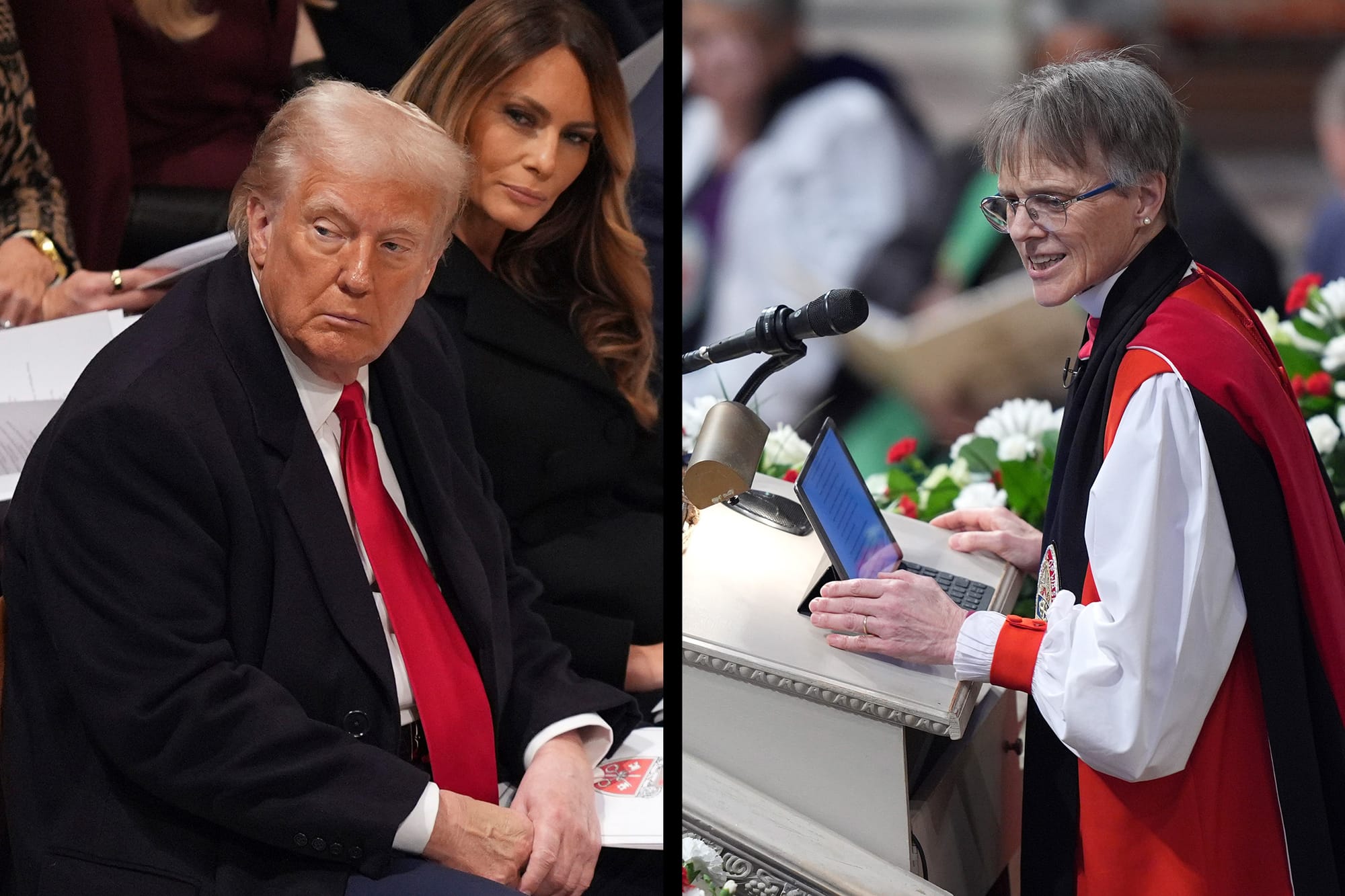
Reactions and Legacy
While progressive faith leaders praised Budde for "speaking truth to power," some conservatives viewed her sermon as confrontational. She has consistently advocated for social justice, including condemning Trump’s rhetoric and actions following the January 6, 2021, Capitol attack. Her 2023 book, How We Learn to Be Brave, reflects on courage in the face of political and social challenges.
Budde’s approach reflects a long tradition of Christian leaders challenging authority to advocate for justice and compassion, even at personal risk.

Podcasts focusing on how we learn to be brave often explore themes of courage, self-improvement, and personal growth through interviews, storytelling, and expert insights. Here are some notable podcasts in this genre:
Live Brave Podcast with Margie Warrell
This podcast encourages listeners to act like the person they aspire to become, emphasizing that bravery is essential for living well. Margie Warrell shares insights on overcoming fear, making bold decisions, and rescripting self-limiting narratives. Guests include leaders like General Stanley McChrystal, Steve Forbes, and Dr. Phil, offering diverse perspectives on courage in leadership and life.
https://margiewarrell.com/live-brave-podcast/
Learning to Be Brave with Mariann Budde
Hosted by Bishop Mariann Edgar Budde, this episode on the Way of Love podcast delves into her book How We Learn to Be Brave: Decisive Moments in Life and Faith. The discussion focuses on cultivating bravery in everyday moments, learning from failures, and distinguishing between ego and courage.
When We Are Brave Podcast
This podcast features inspirational stories and conversations aimed at helping listeners live their bravest lives. It includes tips and strategies for overcoming fears and pursuing personal growth.
https://tiffanyjohnson.com.au/when-we-are-brave-podcast/
Bravery and the Brain
Hosted by Stefanie Faye, this episode explores the neuroscience behind courage and vulnerability. It provides scientific insights into how to build new neural circuits that help override fear, enabling individuals to tackle challenging situations.
https://stefaniefaye.com/podcast/how-to-teach-bravery-with-neuroscience/
VIDEOS
How We Learn to Be Brave (Bishop Mariann Budde): Bishop Budde emphasizes that bravery is a daily journey, not a one-time event. She discusses decisive moments in life, such as choosing to act, stay, or start, and how these moments shape our courage.
https://youtu.be/xibt-47wN28
Margie Warrell at TEDxButler: Margie highlights that courage and comfort cannot coexist. She encourages stepping out of comfort zones to embrace bravery.
https://youtu.be/Yx0fM8_lOAY

Themes to Highlight
- Courage and Decisive Moments: Use imagery that symbolizes pivotal life decisions, such as crossroads, open doors, or stepping stones.
- Faith and Spirituality: Incorporate elements like candles, prayer beads, or subtle religious symbols to reflect the spiritual undertones of the book.
- Personal Growth: Include quotes from the book about bravery and self-discovery, displayed on posters or chalkboards.
Decorative Elements
- Quotes from the Book: Select impactful passages and display them on framed prints or banners. For example, “Being brave is not a singular occurrence; it’s a journey we choose every day.”
- Inspirational Colors: Use a palette of calming blues and greens to evoke hope and courage, paired with accents of gold for spiritual richness.
- Interactive Displays: Create a “Decisive Moments” board where members can share their own stories of bravery or pivotal life choices.
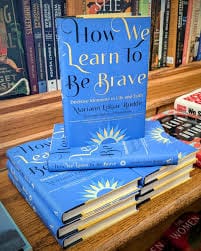
Table Setup
- Centerpieces: Arrange small potted plants or flowers symbolizing growth and resilience, alongside copies of the book and bookmarks.
- Place Cards: Write each member’s name on a card with a quote about bravery or faith.
- Lighting: Use soft, warm lighting with candles or fairy lights to create a reflective and intimate atmosphere.
Additional Touches
- Playlist: Curate a playlist of uplifting or contemplative music to set the tone for discussions.
- Handouts: Provide printed excerpts, bookmarks, and discussion questions for members to take home.
- Bravery Icebreaker Games: Play games provided in this kit.
These ideas aim to create a thoughtful and inspiring environment that aligns with the themes of How We Learn to Be Brave.

Appetizers
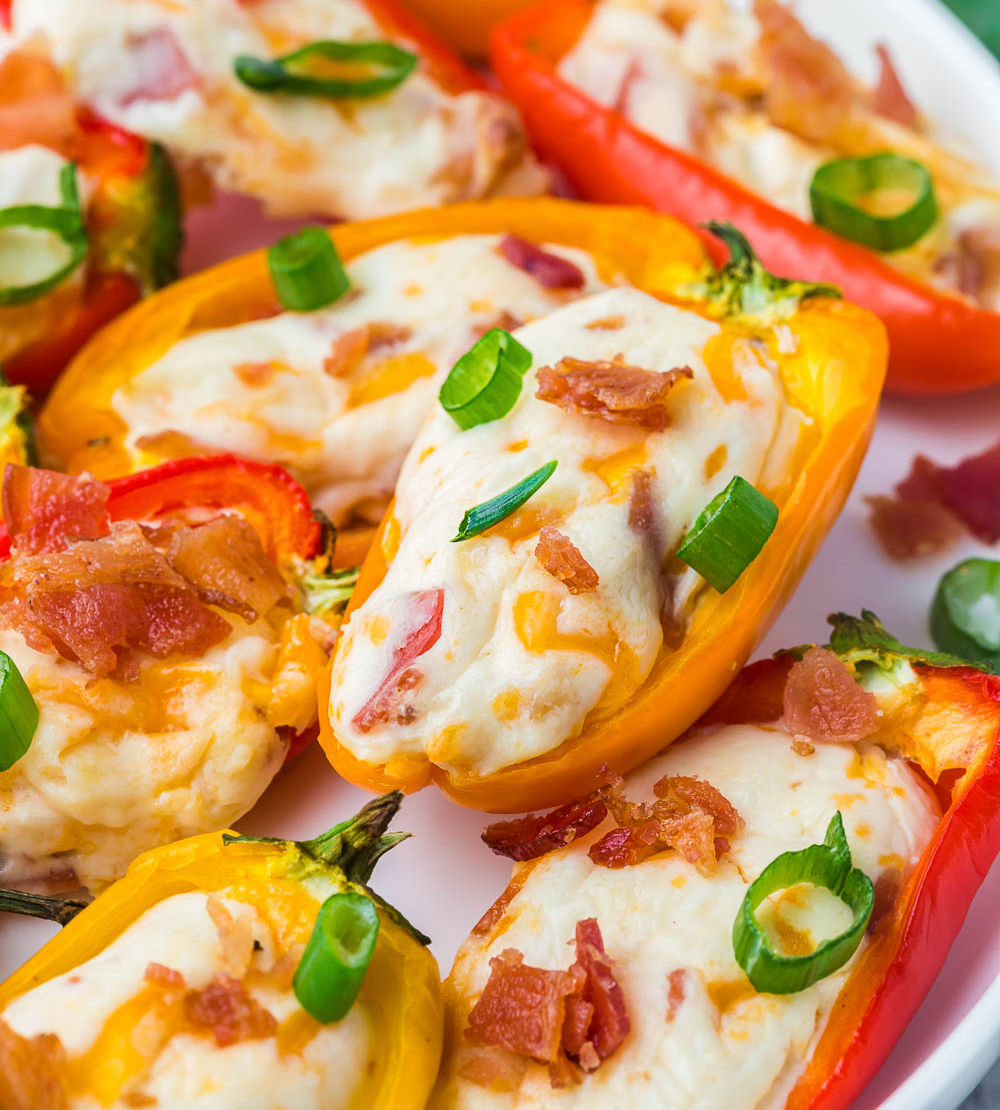
Bravery Bites: Mini stuffed bell peppers or mushrooms to symbolize bold choices and colorful moments in life.
Faithful Dips: A selection of dips like hummus, guacamole, and spinach artichoke served with pita chips or fresh vegetables.
Main Course
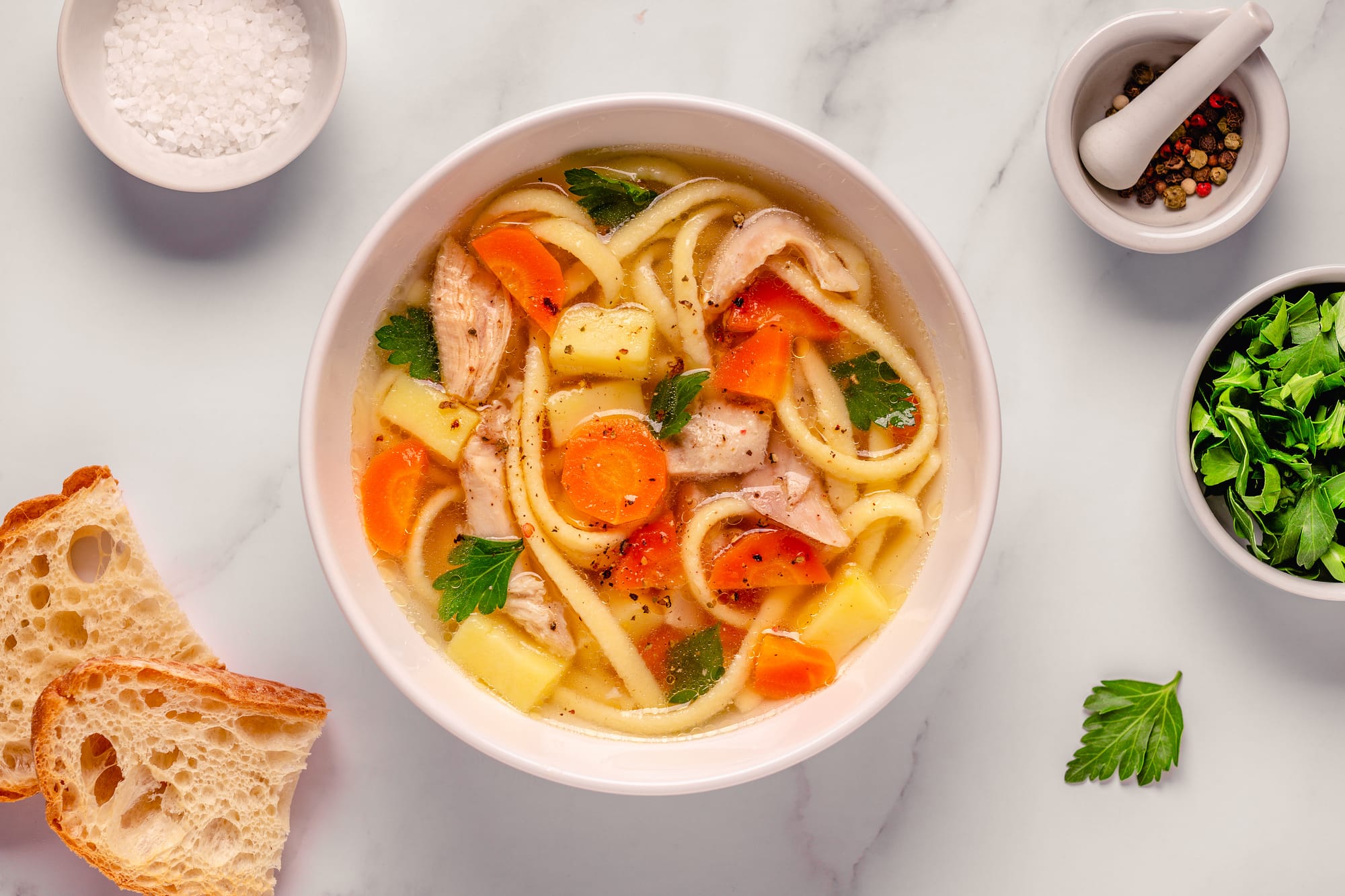
Comforting Soup: Serve a hearty soup such as lentil or chicken noodle, paired with fresh bread.
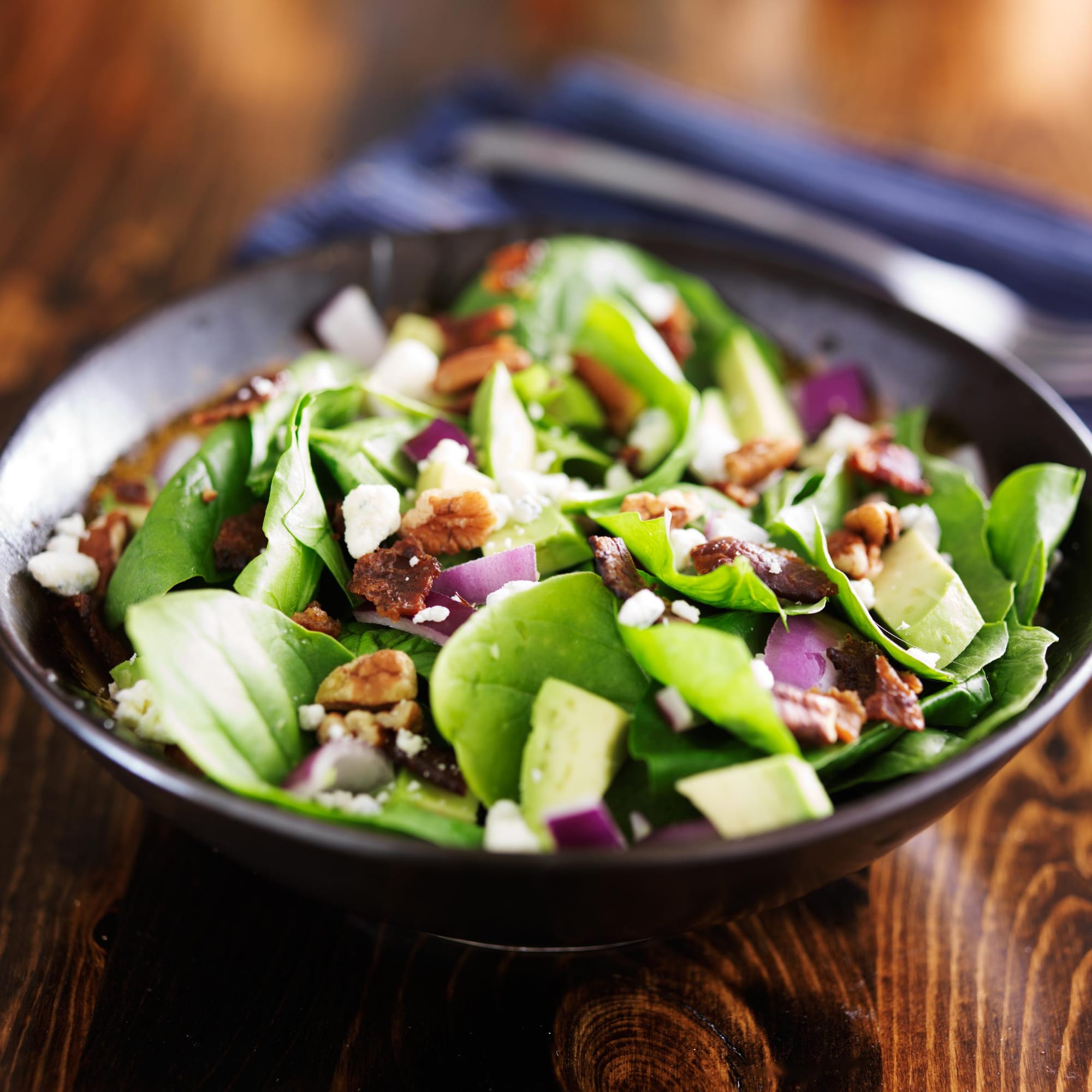
Strength Salad: Popeye’s favorite. A vibrant spinach and avocado salad to represent resilience and growth.
Desserts
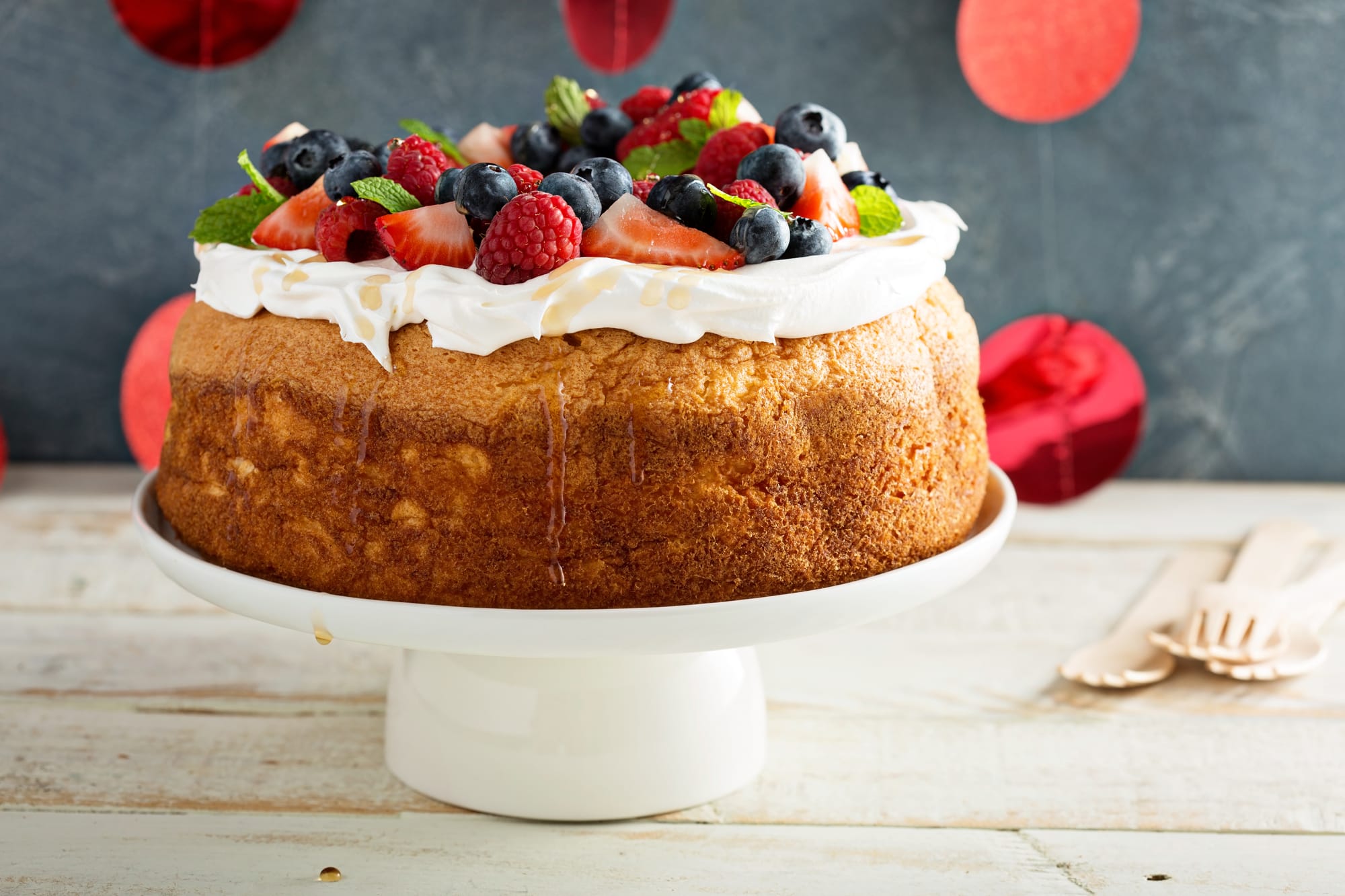
Angel Food Cake: A “heavenly” choice to be served with strawberries, blueberries, peaches, or all!
Courage Cookies: Decorated sugar cookies with inspiring words like "Brave," "Faith," and "Hope."
Drinks
Tea of Reflection: Offer a variety of herbal teas for thoughtful discussion.

Bold Brew Coffee: For those who prefer something stronger, serve coffee to energize the conversation.
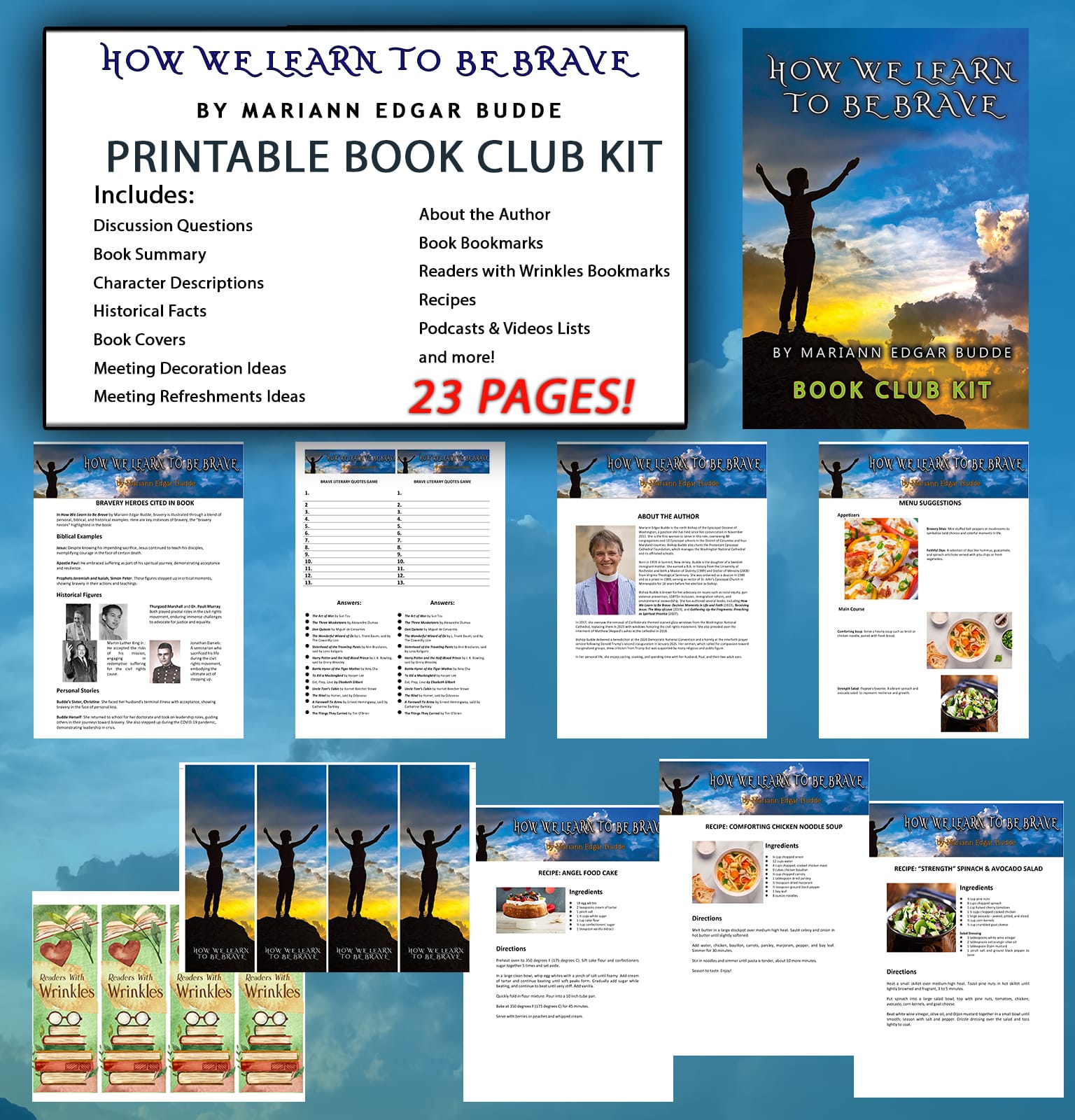
How We Learn to Be Brave printable BOOK CLUB KIT
The RWW book club kits provide everything you need to organize a great meeting with insightful discussions. These resources simplify book club preparation with character lists, book quotes, refreshment suggestions, recipes, and carefully prepared book club questions!

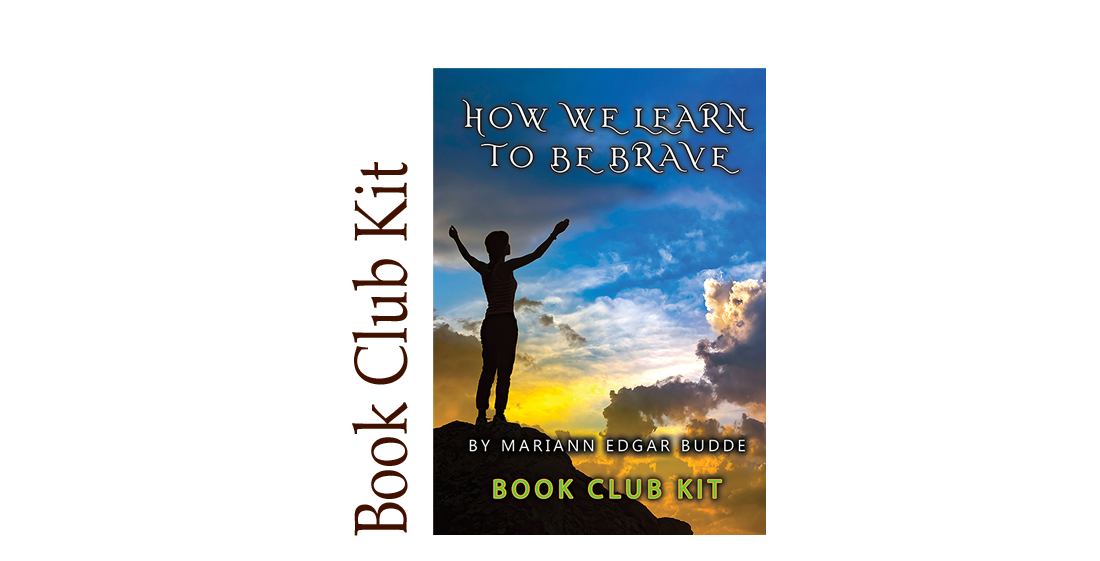
Comments